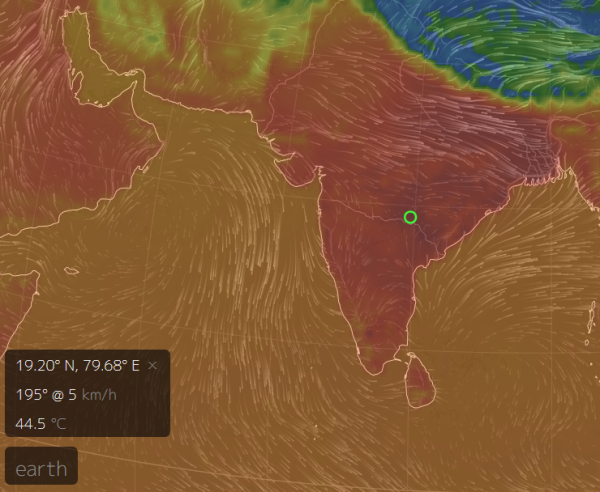ScienceRocks
Democrat all the way!
- Banned
- #1
Heatwave Mass Casualties Strike India in April Amidst Severe Drought, Water Shortages

A huge heat wave in india is killing a lot of people. Amazing how extreme the weather is.
Loss of water from snow melt in the Himalayas, increasing temperatures and instances of drought over the food-producing plains, and a potential endemic weakening of the annual monsoonal rains. These are all climate change related impacts that appear to be settling in over India as global temperatures consistently begin to hit levels higher than 1 C above 1880s values. Impacts that are setting up conditions for sustained and increasingly severe droughts and heatwaves.
****
Yesterday, temperatures rocketed to 114.44 degrees Fahrenheit (or 45.8 degrees Celsius) in Bhubaneshwar, the capital of Odisha, on the Indian east coast. It was the hottest April reading ever recorded for a region that typically sees daily highs in the upper 90s this time of year. A level of heat that’s excessive even for this typically warm region.

(Most of India baked under a severe heatwave yesterday [April 11] as the number of lives lost to heat stroke mounted and a water train was dispatched to far-flung drought-stricken regions. Image source: Earth Nullschool.)
Bhubaneshwar, however, was just one of many locations experiencing temperatures above 110 Degrees (F) yesterday. For a broad heatwave and a related severe drought has sprawled over much of India throughout early April — hitting a peak intensity for many locations this week. Heat so intense that it had already resulted in the tragic loss of more than 110 lives due to heat stroke by April 9th.
A huge heat wave in india is killing a lot of people. Amazing how extreme the weather is.

